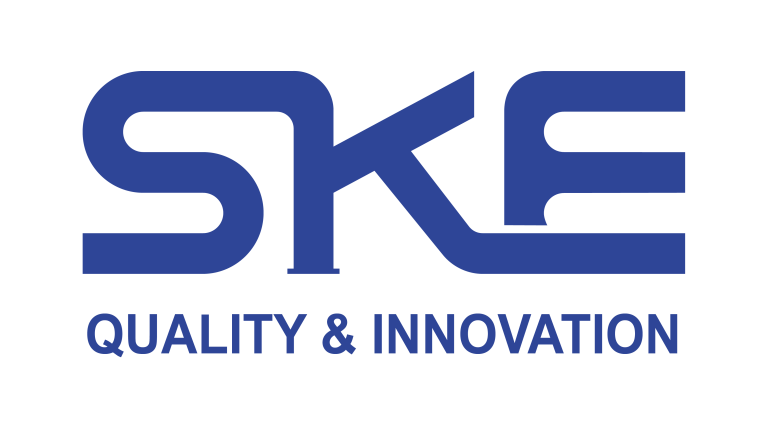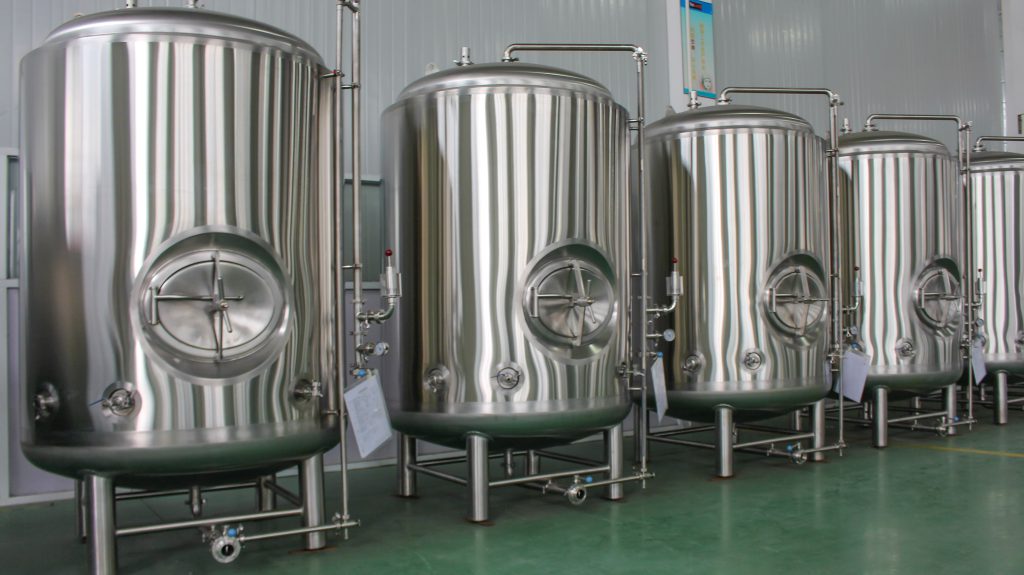Introduction

Brewing beer is both an art and a science, requiring precision, passion, and the right tools. Selecting the best beer equipment is crucial whether you’re a homebrewer scaling up your production or a commercial brewer optimizing efficiency. With numerous options available, it’s important to understand what to look for in beer equipment to ensure high-quality brewing results.
The right beer equipment can impact the taste, consistency, and efficiency of your brewing process. Investing in suitable tools ensures that your beer meets industry standards while optimizing production costs. In this comprehensive guide, we’ll explore various aspects of choosing the right beer equipment, from brewing processes to key features, maintenance, and supplier selection.
Understanding Your Brewing Needs
Before purchasing beer equipment, it is essential to define your brewing goals. The type of equipment you need will depend on the scale and complexity of your brewing process. Whether you’re starting small or planning a large-scale production, understanding your requirements will help you make an informed choice.
Consider the following factors:
- Batch Size – Are you brewing for personal use, small-scale sales, or large commercial production? The size of your batches will determine the capacity of your equipment.
- Automation Level – Do you prefer manual, semi-automatic, or fully automated systems? Automation can enhance efficiency but comes at a higher cost.
- Available Space – Ensure your brewing setup fits within your designated space. Some equipment requires additional space for maintenance and operation.
- Budget Constraints – Determine how much you are willing to invest in quality beer equipment. A higher initial investment may lead to long-term savings through better durability and efficiency.
By evaluating these factors, you can choose beer equipment that aligns with your brewing goals while maximizing productivity and efficiency.
Types of Beer Equipment and Their Functions
Brewhouse Equipment
The brewhouse is the heart of any brewing operation. It includes essential equipment responsible for converting raw ingredients into wort, which is the liquid that eventually becomes beer. Each component plays a critical role in the brewing process.
- Mash Tun – Converts starches into fermentable sugars through the mashing process. The size and material of the mash tun affect efficiency and heat retention.
- Lauter Tun – Separates wort from grain solids, ensuring clarity and consistency in the brewing process. Proper filtration in this stage prevents unwanted particles in the final product.
- Boiling Kettle – Boils the wort and adds hops for flavor and aroma. The boiling stage is essential for sterilizing the wort and extracting bitterness from hops.
- Whirlpool – Separates unwanted solids after boiling, ensuring a clear and sediment-free wort before fermentation. This process improves the final beer’s appearance and taste.
Fermentation and Storage Equipment
After the wort is prepared, it needs to undergo fermentation to convert sugars into alcohol. Proper storage is also necessary to maintain beer quality.
- Fermentation Tanks – Stainless steel vessels where yeast ferments the wort into beer. These tanks must have precise temperature control to ensure consistent fermentation.
- Bright Beer Tanks – Used for conditioning and carbonating beer before packaging. These tanks help remove unwanted sediment and improve the beer’s clarity.
Cooling and Temperature Control Systems
Proper temperature control is essential in brewing to maintain yeast health and ensure proper fermentation. Temperature fluctuations can affect beer flavor and quality.
- Glycol Chillers – Maintain optimal fermentation temperatures by cooling the fermentation tanks. They are crucial for preventing overheating and maintaining yeast activity.
- Heat Exchangers – Quickly cool wort before fermentation, preventing contamination and unwanted flavors. Efficient cooling ensures that the yeast performs optimally.
Cleaning and Sanitation Equipment
Keeping beer equipment clean ensures product quality, prevents contamination, and extends equipment lifespan. Without proper sanitation, bacteria and wild yeast can ruin an entire batch of beer.
- CIP (Clean-In-Place) Systems – Automated cleaning solutions for tanks and pipes, reducing manual labor and ensuring thorough sanitation. These systems help maintain consistency in cleaning procedures.
- Sanitizing Chemicals – Maintain a bacteria-free brewing environment. Choosing the right sanitizing agents ensures that no residual chemicals affect the beer’s taste.
Key Features to Look for in Beer Equipment
When selecting beer equipment, certain key features can impact brewing efficiency, quality, and long-term reliability. Understanding these features will help you make a well-informed investment.
Material Quality
- Stainless steel is the preferred material due to its durability and corrosion resistance. High-grade stainless steel prevents contamination and ensures longevity.
Scalability
- Choose beer equipment that allows for production growth. Investing in scalable equipment will prevent costly upgrades in the future.
Automation Capabilities
- Automated systems improve efficiency and consistency, reducing manual labor. Some systems even include digital controls for precise brewing management.
Energy Efficiency
- Look for equipment designed to minimize energy consumption. Energy-efficient systems can significantly reduce operational costs over time.
Table: Comparison of Beer Equipment Features
| Equipment Type | Primary Function | Key Considerations |
|---|---|---|
| Mash Tun | Converts starches to sugars | Material, size, heating method |
| Fermentation Tank | Ferments wort into beer | Temperature control, pressure rating |
| Glycol Chiller | Maintains fermentation temp | Cooling capacity, energy efficiency |
| CIP System | Cleans tanks and pipes | Automation level, cleaning effectiveness |
| Bright Beer Tank | Carbonates and conditions beer | Pressure rating, storage capacity |
Choosing the Right Supplier for Beer Equipment

Selecting a reliable supplier ensures long-term success and prevents production issues. A good supplier will provide durable, high-quality beer equipment and excellent customer support.
- Reputation and Reviews – Check customer feedback and industry reputation to ensure reliability.
- Customization Options – Ensure equipment meets specific brewing needs and can be adapted for future growth.
- Technical Support – Look for suppliers offering installation, training, and maintenance services to ensure smooth operation.
Conclusion
Choosing the right beer equipment is essential for brewing efficiency, product consistency, and long-term profitability. By considering factors like equipment type, scalability, supplier reliability, and maintenance, you can make an informed decision that supports your brewing goals.
If you’re ready to invest in high-quality beer equipment, contact us today for expert guidance and tailored solutions! Our team is here to help you find the best brewing equipment to elevate your production.
FAQ
What is the most important piece of beer equipment?
The brewhouse is the most critical part, as it handles mashing, boiling, and lautering. Each stage of brewing starts in the brewhouse, making it the foundation of quality beer production.
Can I upgrade my beer equipment as my brewery grows?
Yes, many suppliers offer modular systems that allow for expansion. Planning ahead will save you from costly equipment replacements in the future.
How do I maintain my beer equipment?
Regular cleaning, sanitization, and preventive maintenance ensure longevity and optimal performance. Following a strict maintenance schedule prevents costly breakdowns.

